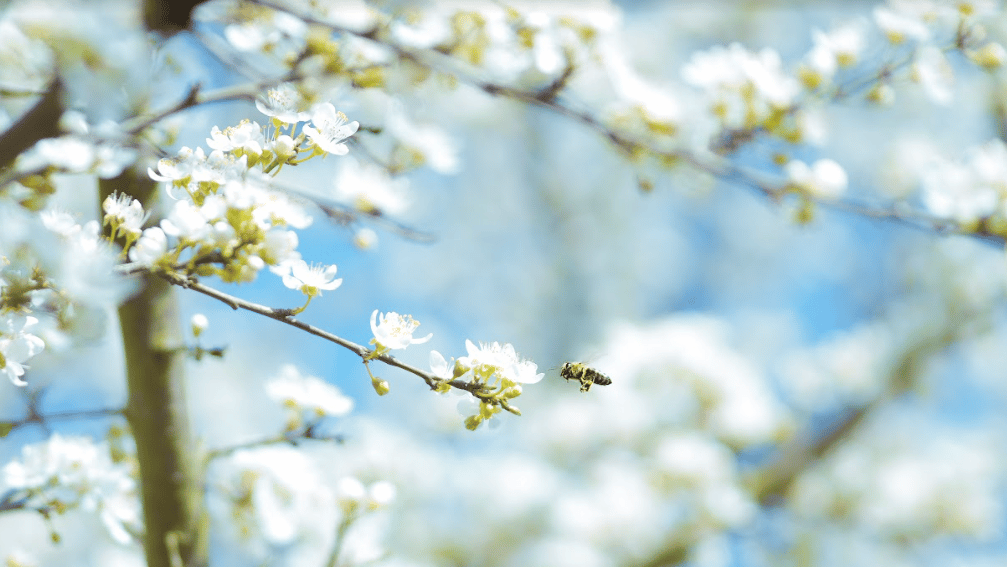Arboreal beekeeping is a very old tradition of creating bee hives in trees such as pines, limes, and oaks. The practice involves carving slots in trees to recreate the natural nesting area for bees. Such hives are created in such a way that the tree is not damaged in any way and endures for many years.
By observing bees’ behavior over the years, it has been noticed and learned that bees tend to nest several meters above the ground. The main goal of this type of beekeeping is to reconstruct the original situation of the bees’ hives, while not interfering with their natural life cycle.
Those who practice arboreal beekeeping do not aim to intensify honey production, which is what mainly distinguishes them from classical beekeepers. This type of beekeeping is carried out mainly to learn to understand the primordial techniques through which to treat the insect, studying day after day the natural behavior of bees in this type of hives: in fact, new knowledge is always being learned not only about the life of the bee but also about the ecosystem in which it lives, through observation of the insect’s behavior.
In the beginning, this type of beekeeping was passed down from generation to generation and the tree in question was even protected by law. Today, there are even workshops where aspiring tree beekeepers learn about this practice through group activities and the knowledge of others.
Thanks to this type of beekeeping, we can also define two social aspects that should not be underestimated:
- First of all, being part of this activity gives a sense of belonging to a community where opinions and knowledge acquired over the years are exchanged;
- Secondly, we gain an awareness with respect to our role on the earth and our responsibility towards the environment around us, living day after day in contact with a natural reality such as arboreal beekeeping.
